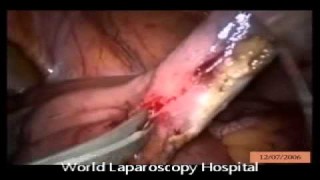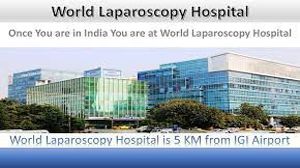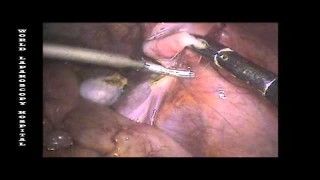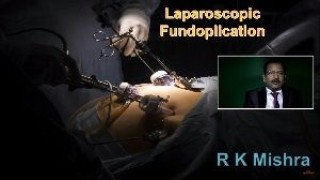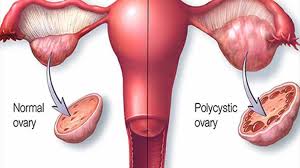Da Vinci robotic repair of bilateral direct recurrent inguinal hernia
Add to
Share
668 views
Report
2 months ago
Description
Inguinal hernia is one of the most common conditions requiring surgical intervention, and recurrence remains a significant challenge despite advancements in surgical techniques. Bilateral direct recurrent inguinal hernias present a complex scenario for surgeons, especially in patients with a history of previous open or laparoscopic repairs. The introduction of robotic-assisted surgery, particularly using the Da Vinci surgical system, has revolutionized the management of such cases by offering precision, enhanced dexterity, and superior visualization. Challenges in Recurrent Inguinal Hernia Repair Recurrent hernias are often associated with distorted anatomy, scar tissue from previous surgeries, and weakened musculofascial planes. Bilateral involvement further complicates the repair by requiring extended dissection and careful mesh placement. Traditional open and laparoscopic approaches may carry increased risks of nerve injury, chronic pain, and recurrence due to limited maneuverability in scarred tissue planes. Advantages of Da Vinci Robotic Surgery The Da Vinci robotic platform provides several unique benefits that are particularly valuable in the repair of bilateral direct recurrent inguinal hernias: Three-Dimensional High-Definition Vision Surgeons gain magnified and stereoscopic views, enabling meticulous dissection of scarred planes and precise identification of critical structures such as the vas deferens, testicular vessels, and inferior epigastric vessels. Enhanced Instrument Dexterity Robotic instruments have wrist-like articulation, providing seven degrees of freedom. This allows delicate handling of tissues and accurate mesh positioning in narrow, fibrotic spaces. Stable Ergonomics Complex, long-duration surgeries become less physically demanding, reducing surgeon fatigue and improving overall accuracy. Optimal Mesh Placement Adequate dissection and secure fixation of large meshes covering the entire myopectineal orifice bilaterally is more effectively achieved, minimizing risk of further recurrence. Surgical Technique Overview Patient Positioning: The patient is placed in the supine Trendelenburg position. Port Placement: Three to four robotic ports are strategically placed for optimal triangulation. Peritoneal Incision & Dissection: The peritoneum is incised, and the hernia sac is carefully dissected away from scarred tissue planes. Reduction of Hernia Contents: Herniated fat or bowel loops are reduced back into the peritoneal cavity. Mesh Placement: A large prosthetic mesh is placed to reinforce the myopectineal orifice bilaterally, ensuring complete coverage of direct, indirect, and femoral spaces. Peritoneal Closure: The peritoneum is closed over the mesh to prevent bowel adhesions. Clinical Outcomes Studies have shown that Da Vinci robotic repair of recurrent inguinal hernia is associated with: Lower postoperative pain scores Faster recovery and earlier return to normal activity Reduced risk of chronic groin pain Lower recurrence rates compared to conventional approaches in complex cases Conclusion The Da Vinci robotic repair of bilateral direct recurrent inguinal hernia represents a paradigm shift in hernia surgery. By combining advanced visualization, precise dissection, and ergonomic advantages, robotic-assisted repair offers a safe, effective, and minimally invasive solution for one of the most technically challenging hernia scenarios. As robotic platforms continue to evolve, they are likely to become the standard of care for recurrent and complex inguinal hernia repairs.
Similar Videos

